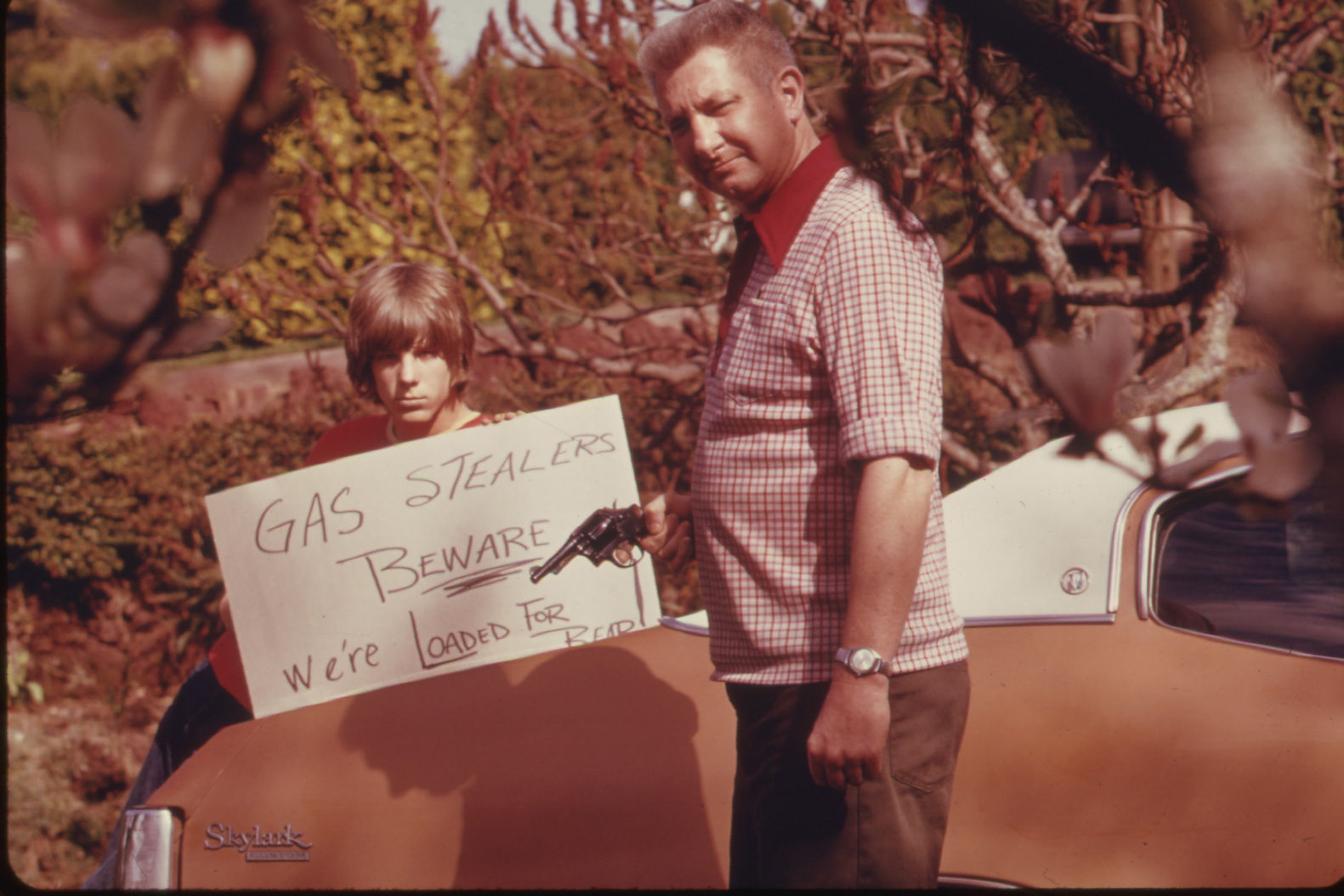Looking Back on the 1973 Oil Crisis
October 1973: During the Yom Kippur War, oil-exporting Arab countries proclaimed an embargo against Israeli allies like the US. Nationally, oil prices skyrocketed from $3 per barrel to $12, and gas stations began running short of fuel. In Portland, traffic on local freeways dropped by 20 percent. Gov. Tom McCall soon asked filling stations statewide to implement a rationing system: cars with license plates ending in odd numbers could fill up on certain days; the next day, even-numbered cars got their turn.
Though the Arab embargo dominated the geopolitics (and public anger) of the situation, some think the ’73 crisis signaled deeper problems with energy use here and across the country. (Many Oregon shops and cities had already dimmed lights earlier in the year to cope with drought-caused hydropower shortages.) “We were just using too much gas in general,” says Val Ballestrem, a Portland historian. “That’s what really caused the shortages.”
Two years earlier, the Environmental Protection Agency began dispatching photographers across the country as part of its Documerica project. David Falconer’s shots of Oregonians coping—or not coping—with the oil shock simultaneously preserve vanished hairstyles and car models and capture an unease about natural resources that has never really gone away.

